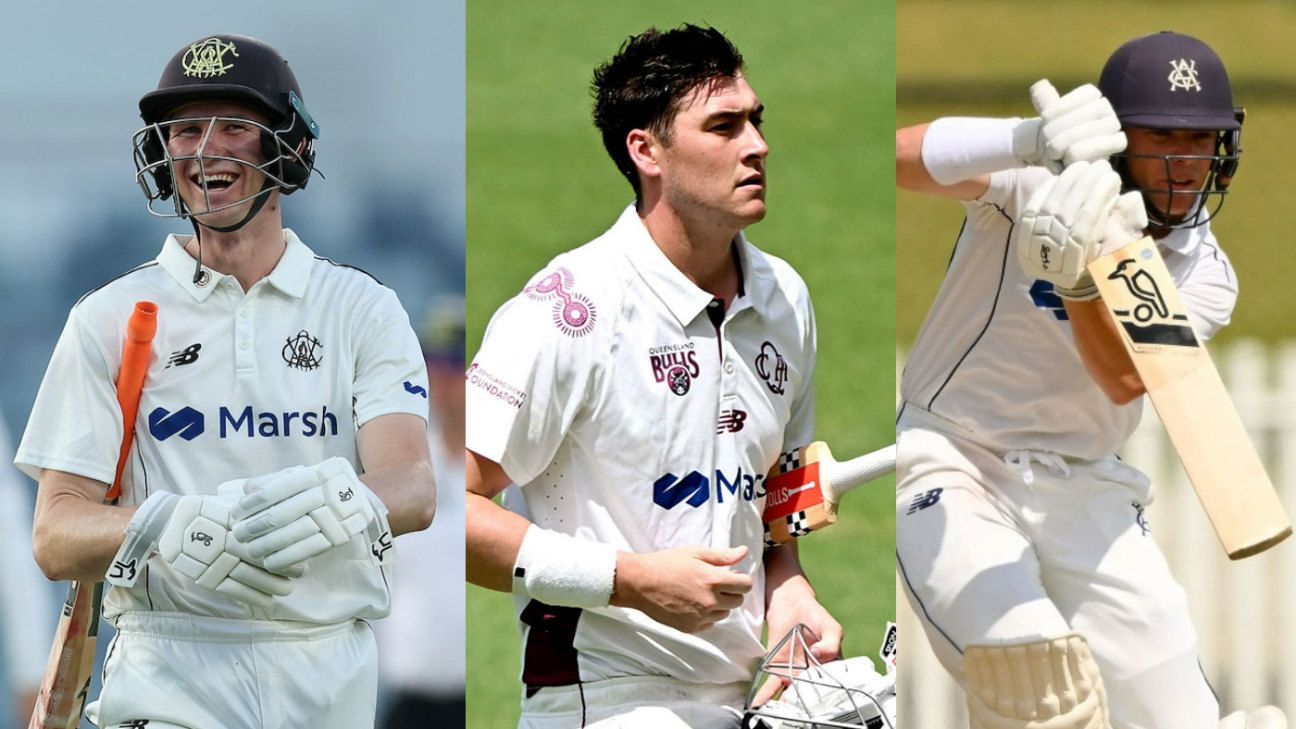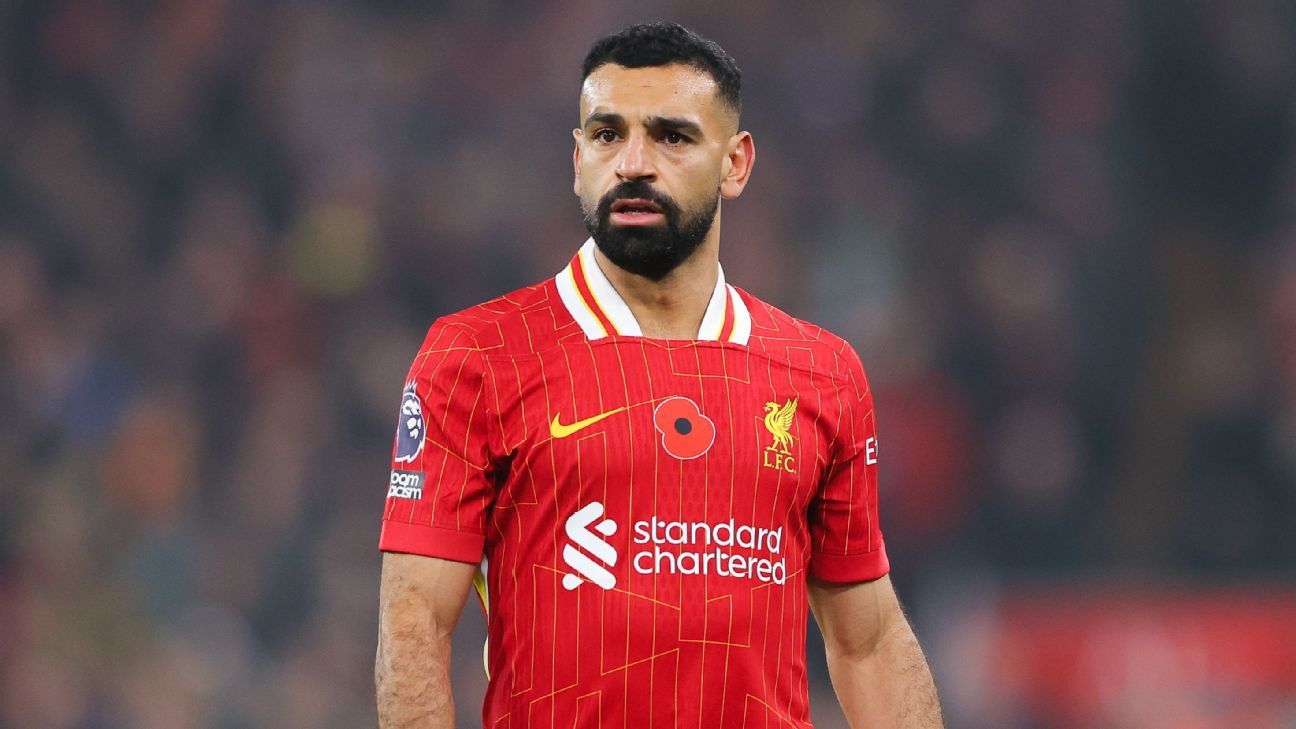Australia's big decision: a deep dive into who replaces David Warner
Written by I Dig Sports
McDonald has since said that all options are on the table. So, what are the factors being discussed at the selection table that is leading to so much debate?
Is Shield form the be all and end all?
If it was, there would be no debate whatsoever. Since January 2021, Bancroft has been head and shoulders above any of the contenders. He has averaged over 50 in that time and made twice as many Shield centuries as Harris and six more than Renshaw, with the latter making only two of his four opening the batting.
If career Shield numbers are viewed as a better guide, then Bancroft and Harris have almost identical records. The outlier in that scenario is Renshaw, whose Shield record opening the batting would put him behind the likes of Joe Burns, Sam Whiteman and Daniel Hughes. Renshaw has had the most success in Shield cricket batting at No. 5, averaging 52 and making three centuries in 12 matches in that slot for Queensland, which in part led to his selection in the middle-order for the Sydney Test twelve months ago and the first Test in Nagpur in India.
But Australia's selectors in the recent past have shown their hand regarding Shield form. If prolific runscoring was a pre-requisite for players to be selected in the Test team then Marsh, Labuschagne and Head may never have been picked. Marsh has a career Shield average of just 29.98 while Labuschagne and Head were averaging 34 and 36 respectively when both made their Test debuts in 2018. Meanwhile, Green averages 54.02 in Shield cricket with seven centuries and a 96 in his last innings in late November and can't find a spot in the current Test XI.
If wider first-class cricket is then considered, with Australia A matches, Prime Minister's XI games and county cricket added into the mix, then the recent numbers of Bancroft, Harris and Renshaw even out significantly. Harris has been prolific in county cricket while Bancroft has struggled. Renshaw has been dominant for Australia A and the Prime Minister's XI, scoring four centuries in the past two years in those games, although the other two have not played in many of those fixtures.
The devil is in the detail
The raw Shield and first-class numbers are of value but they often only paint a 10,000-foot view. Australia's selectors get far more granular in their analysis when it comes to selection. Not only do the they have vision of every ball the players face in domestic cricket in Cricket Australia's Athlete Management System, where the players are getting their runs and who they are getting them against is a significant factor.
Not all Shield and first-class cricket is played on Test venues and, particularly in Australia, there is a gulf between how challenging batting is on the Test venues compared to some of the other grounds where first-class cricket is played.
This is where the questions around Harris start to surface. Harris' first-class record in Australia is heavily propped up by his exceptional record at the Junction Oval in Melbourne, which is notoriously flat. Harris does have a good record at the MCG, but he averages just 33.20 in first-class cricket across Australia's six main Test venues, the MCG, the SCG, the Gabba, Adelaide Oval, Bellerive Oval and the WACA ground/Perth Stadium.
It should be noted that Renshaw has a worse record than Harris across the same venues, averaging just 31.16, which includes his lone Test century at the SCG. He averages 115 at Manuka Oval in Canberra which has hosted a Test match. Bancroft's record improves at the Test venues, where he averages 40.32, thanks in the main to an excellent record at home in Perth. The only regular Test venue he doesn't have a first-class century at is the SCG, which highlights his preference for faster, bouncier pitches.
Does their game travel?
Whilst records at the Test venues in Australia are important, if the selectors wish to pick a long-term opener to replace Warner their game is going need to be adaptable overseas. One of the knocks on Warner was his performances in India and England.
Australia head to New Zealand for two Tests in 2024. In 2025 there are Test tours of Sri Lanka and West Indies and a World Test Championship final in England if Australia qualify. In 2026 they head to South Africa and then there is a five-Test tour of India in early 2027 and the next Ashes tour beyond that.
Many of those tours are a long way down the road and the selectors have already declared that they are only picking for the here and now, but with Khawaja also aged 37 and likely to finish in the not-too-distant future, the ability of the contenders in foreign conditions is an ever-present discussion point.
Renshaw's overseas experience and adaptability puts him in a stronger position than the other two. Nine of his 14 Test matches have been played overseas and eight of them have come in the most difficult of batting conditions in India and Bangladesh. Although he only averaged 20.80 in those eight Test matches, 13 of his innings were played as a 21-year-old where he showed considerable promise given the extreme examination. However, he has also played eight innings in Australia A games in Asia and failed to pass fifty. He has scored two centuries for Australia A in New Zealand earlier this year and has an excellent first-class record in England having made five County Championship centuries in 17 matches.
Harris has never played in New Zealand or South Africa but has an excellent record in England even with his lean returns in the 2019 Ashes series. He averages 45.83 including those Tests having made eight centuries in county cricket for Gloucestershire and Leicestershire and one more for Australia A, hence the reason Harris was the first-choice reserve batter for the recent Ashes series. But he was not selected for the tour of India or the previous tour of Sri Lanka despite being the reserve batter at home in between.
The selectors have made it clear he is not currently considered as an option on the subcontinent due to concerns around his play against high-quality spin. His only subcontinental experience is two matches for Australia A in Sri Lanka in 2022 for returns of 0, 32, 39 and 11.
There is a world where Australia's selectors may consider playing Harris at home and in New Zealand over the next 12 months but then open with Head on the tour of Sri Lanka in early 2025, as they did in India earlier this year, and selecting Green or another superior player of spin in the middle-order like Peter Handscomb, Glenn Maxwell or Josh Inglis.
What about batting style and fielding?
This is where a selector's job moves from assessing objective data to subjective assessment. Does it matter how these openers get their runs as long as they get them? Some would argue it doesn't, but some would argue it does.
This is where Bancroft's case is getting scrutinised. Australia are about to lose one of the most dynamic Test openers in history, who strikes at a rate of 70 runs per 100 balls. Replacing him with Bancroft, who scores his first-class runs at just 42.89, when the other incumbent opener Khawaja strikes at less than 50 in Test cricket and under 47 when opening the batting, is not going to strike fear in opposition bowling line-ups.
There are plenty of times in Test cricket where openers need to dig in and absorb pressure, which Bancroft does better than anyone in Australian domestic cricket. But there are plenty of times where they need to switch gears when conditions are good to put pressure on opposition attacks and ensure the game moves forward.
Bancroft's strike-rate is not quite as low as some might think when compared to Harris and Renshaw in Shield cricket over the last two years. All three have struck at under 50 since the start of 2021, which speaks to the difficult nature of the pitches in that time and further serves to enhance Bancroft's average of 50 in that period.
Their strike-rates are also very similar at Test level. But Harris and Renshaw have scored at a much quicker rate in first-class cricket in England, showcasing gears that Bancroft doesn't have in red-ball cricket. Ironically though, Bancroft is a significantly better white-ball player than Harris and equally as good as Renshaw.
One area Bancroft does have a huge advantage over his rivals is his fielding. He is one of the best slips and close-in catchers in Australia. Warner is Australia's permanent first slip and fields at leg slip to Lyon. He will leave a hole as he has been very adept in both positions. Bancroft fills that hole and then some, improving the fielding unit overall. Renshaw is a solid slip catcher and close in fielder but nowhere near as good as Bancroft and isn't as good a mover in the outfield. Harris' fielding is well behind the other two.
There's no clear-cut answer
There are arguments for and against all three players, hence the debate has continued to rage all summer. Despite varied strengths and weaknesses, there are similarities across all of their records. The fact that none of them have "banged down the door", so to speak, is a large part of the reason why Warner has been retained for as long as he has with significantly diminished output in the last three years, although many in Western Australia believe Bancroft has done more than enough.
The notion from McDonald that Australia's selectors want to pick the best six batters in Test cricket no matter if one or none of them are specialist openers suggests there is apprehension about whether any of the three are among the best six.
The selectors have to decide whether moving a middle-order batter up to open and adding Green's all-round ability would provide more value to the team than replacing Warner with a specialist opener. And if there is apprehension about picking one of the candidates, the concept of needing to select a second when Khawaja finishes would also be a factor in the decision-making.
D-day has arrived and there will be a stir whichever way they go.
Alex Malcolm is an associate editor at ESPNcricinfo















 Phone: (800) 737. 6040
Phone: (800) 737. 6040 Fax: (800) 825 5558
Fax: (800) 825 5558 Website:
Website:  Email:
Email: 






